- Local governments receive trillions of naira yet remain powerless
- Poverty, unemployment, inflation deepen despite record inflows
- State governors urged to account for how these funds were spent
Between January and July 2025, the Federation Account Allocation Committee (FAAC) disbursed a total of ₦3.69 trillion to 13 states and their local government councils, reflecting a significant surge in monthly revenue distribution across the federation. Despite the sharp increase, there is little evidence of corresponding development, leaving many citizens questioning how state governors spend the growing allocations.
According to official data from the Office of the Accountant-General of the Federation, extracted by Starnews NG, Lagos State received the highest allocation, totalling ₦444.79 billion. Out of this, ₦236.92 billion went to the state government, while its 20 local government councils shared ₦207.87 billion.
Delta State followed with ₦443.51 billion, comprising ₦299.96 billion for the state and ₦143.55 billion for the 25 local government areas. Rivers State came next with ₦397.81 billion, of which ₦264.90 billion was allocated to the state and ₦132.91 billion to the councils.
Akwa Ibom State collected ₦349.01 billion, including ₦228.56 billion to the state and ₦120.45 billion to local councils.
Bayelsa State got ₦315.79 billion, with ₦186.24 billion going to the state government and ₦129.55 billion to its eight councils.
Oyo State received ₦254.92 billion, made up of ₦143.41 billion for the state and ₦111.51 billion for local councils, while Ogun State got ₦211.34 billion, of which ₦108.88 billion went to the state and ₦102.46 billion to the local governments.
In Ondo State, the total allocation stood at ₦206.23 billion, comprising ₦88.11 billion for the state government and ₦118.12 billion for its 18 local government areas.
Ekiti State received ₦190.31 billion, broken into ₦92.18 billion for the state and ₦98.13 billion for its 16 councils. Kano State got ₦319.62 billion, consisting of ₦120.04 billion for the state and ₦199.58 billion for its 44 local councils.
Kaduna State received ₦300.35 billion, including ₦122.70 billion to the state and ₦177.65 billion to the councils.
Katsina State collected ₦213.22 billion, divided into ₦94.86 billion for the state and ₦118.36 billion for the local governments, while Anambra State got ₦186.18 billion, with ₦85.45 billion going to the state and ₦100.73 billion to its councils.
Altogether, the 13 states received ₦1.97 trillion as state government allocations and ₦1.72 trillion as local government allocations, totalling ₦3.69 trillion in seven months.
The figures show an over 40 per cent increase compared with the same period in 2024, driven by higher oil receipts, exchange rate adjustments, and gains from the removal of fuel subsidy.
However, the rise in allocations has not reflected in citizens’ living conditions. Inflation has climbed to over 33 per cent, food inflation is above 40 per cent, and unemployment continues to rise. Despite the huge sums channelled to local councils, most remain financially handicapped as state governments continue to withhold their funds in violation of the financial autonomy directive of the Nigerian Financial Intelligence Unit (NFIU).
Nigerians are increasingly demanding accountability as poverty deepens despite the surge in FAAC allocations. Across states, residents are questioning how such massive inflows of cash have failed to translate into better roads, improved healthcare, functional schools, or job opportunities.
With trillions shared from the federation account in seven months, the growing call is for citizens to rise and ask their governors to account for how the funds were spent and why the nation’s economy remains stagnant despite record revenue inflows.


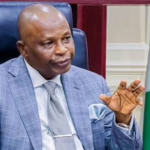

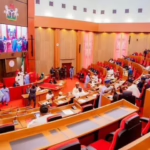


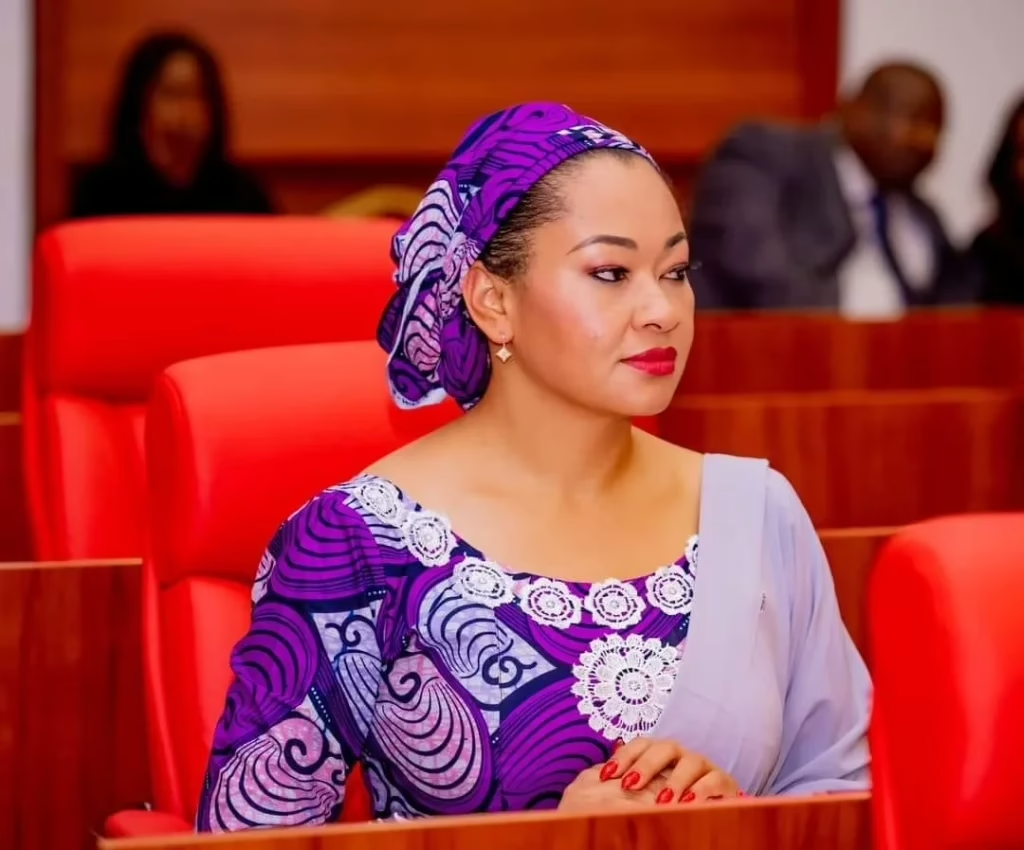
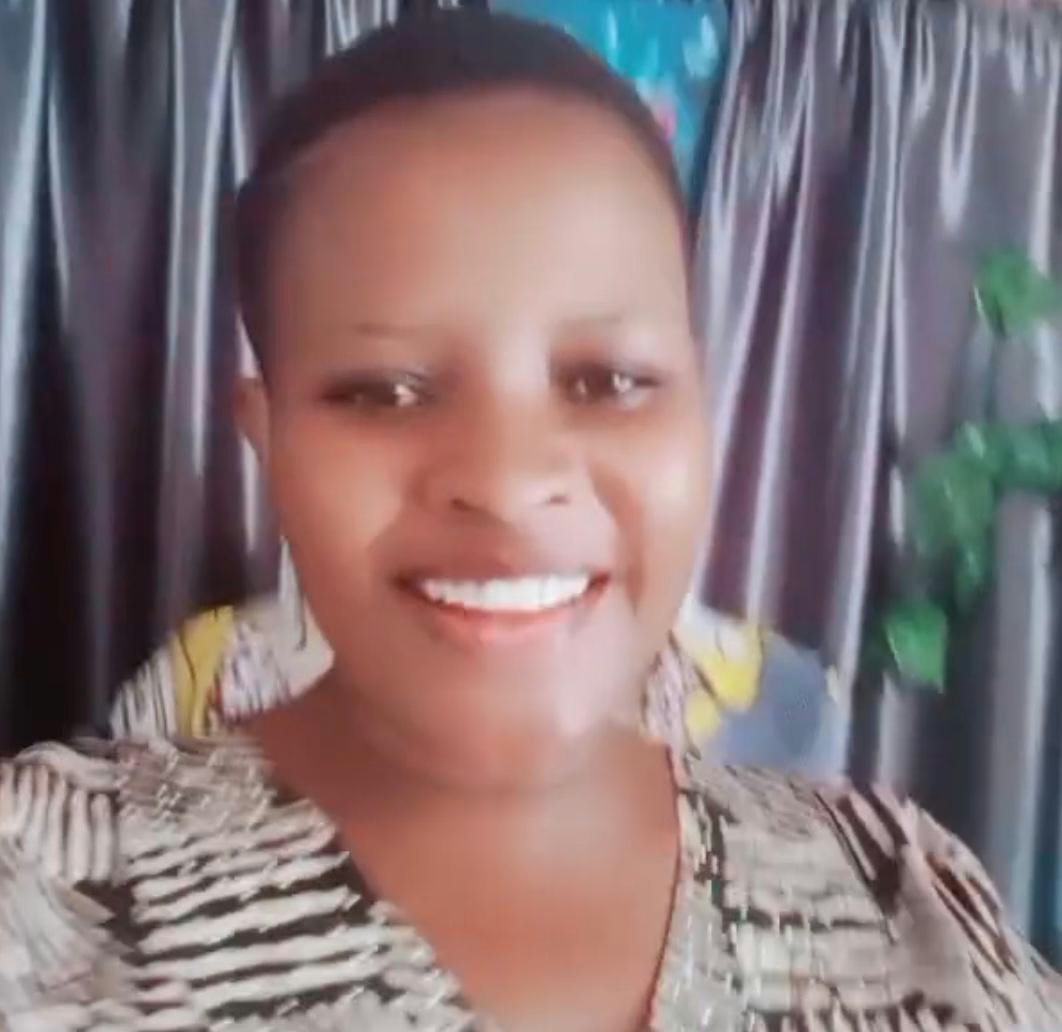
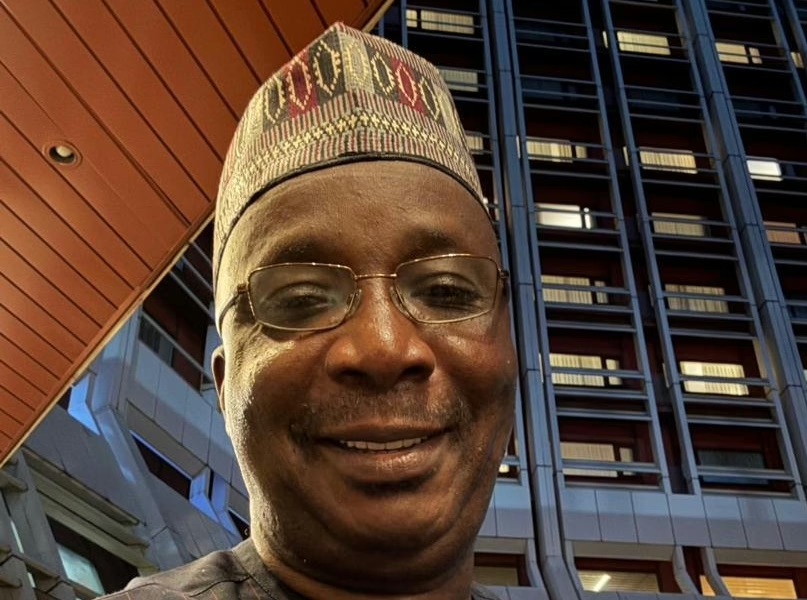
Leave a Reply